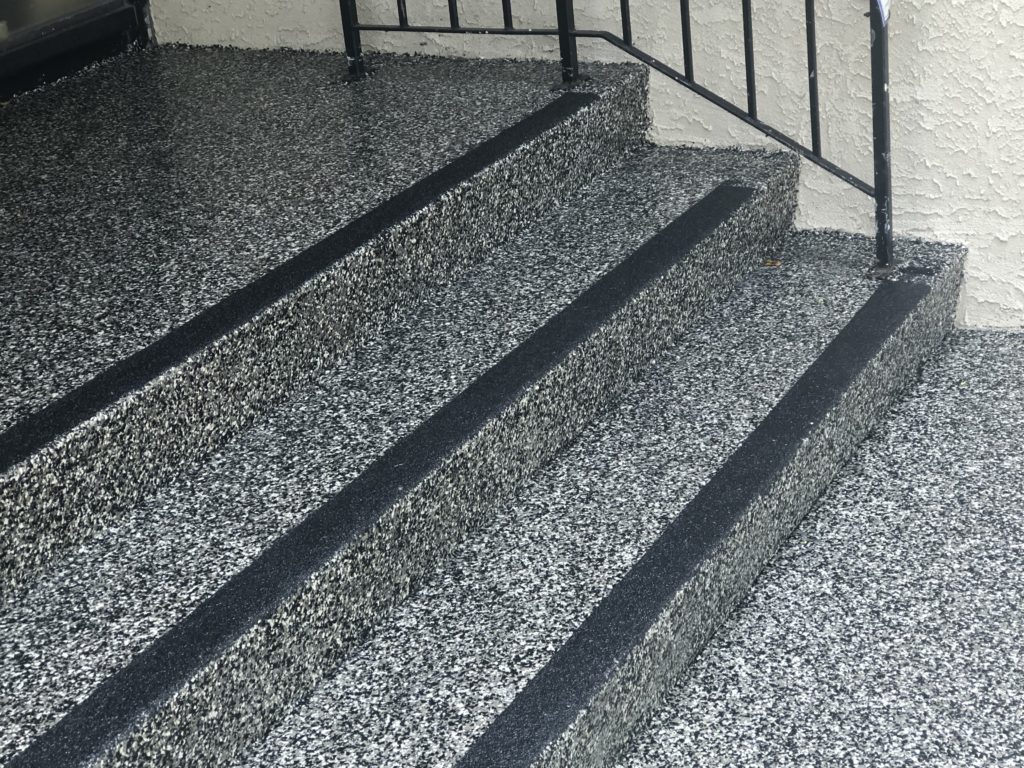
In over a decade I have seen many different issues with concrete floors. Salt damage is a big problem, travelling on roads and highways where local authorities use salt to control ice, can cause pitting and premature surface wear.
Poor workmanship when the slab is poured, overworking the concrete can cause a weakened surface which can lead to the surface delaminating from the slab.
Too much water compared to the cement ratio is another issue. Sometimes the concrete contractor will ask the ready-mix company to add more water to make the concrete easier to work with. This can result in a poor mix and over the years will cause the surface to delaminate.
Pouring when the weather is super hot, this can cause the concrete to dehydrate to quickly causing shrinkage cracks.
Settlement cracks are another issue that cause headaches. The contractor should put expansion joints into the concrete slab, and this is where the concrete should crack, however, concrete cracks where it wants to.
So far, we have only dealt with the problems with the slab and not with the coatings itself.
The number one reason why coatings fail is poor preparation of the surface. Any coating application should be prepped properly.
So, what is good prep? Good prep begins with a thorough examination of the floor surface. Checking for loose surface material from the issues listed above is a great place to start. Checking the surface for oil stains, which can be a bond breaker for most if not all coatings.
At a minimum acid etching the surface with muriatic acid is a good place to start. However, be careful as muriatic acid is well acid, it can eat through metal and your skin. Proper PPE is a requirement. Following the manufactures directions is key. Once the surface is etched the acid must be neutralized using ammonia is the best way. Thoroughly cleaning the surface is a must as well. Allowing the surface to completely dry for a day or 2 is required.
The way we prep floors is with a floor grinder with a heavy cut diamond. This is done dry and we have a vacuum system that collects all airborne dust. This is truly the best way to prep a floor. No chemicals are added to the surface. No water is added to the slab. The prep is done with virtually no dust.
Once the surface is prepped with the proper profile, then the floor needs to be thoroughly vacuumed and cleaned. Any cracks that need to be addressed need to be filled. Any surface repairs need to be done as well.
Finally understanding the coating, you are applying is key as well to ensure that a good strong bond will happen.
When its all said and done hiring a reputable contractor is key to having a successful application. It is not difficult to have a successful installation if you take your time and make sure you do the work properly. Hiring a professional with good references, WCB, proper insurance is important to the project’s success.
